08:30, 20/09/2023
Due to the lack of investment in upstream water retention dams and irrigation canal systems, for many years now, people in Dak Phoi commune (Lak district) have always had to face water shortages and farming depends on the weather.
The three villages of Dung, Nam and Jie Yuk (Dak Phoi commune) have 521 households (with 2,620 people) who mainly live on rice and coffee cultivation. The production area of the three villages covers an area of 300 hectares, including 70 hectares of rice land and 230 hectares of coffee land. Up to now, the water source for the production of the people here has depended on Dak Phoi stream.
According to local people, because there is no spillway to hold water upstream, in the dry season, small branches of Dak Phoi stream flowing through the fields dry up, leaving no water to irrigate crops.
Besides, the fields in these three villages still do not have a canal system, so if people want to have water for irrigation, they have to spend a large amount of money to buy pumps, pipes, gasoline, etc. to bring water from the stream to the fields and gardens.
However, most of the people in these three villages are ethnic minorities (accounting for about 90%), and their lives are still difficult, so few households have the means to invest in pumping water from streams to their fields. Therefore, most of the people here have to depend on the weather for farming and production.
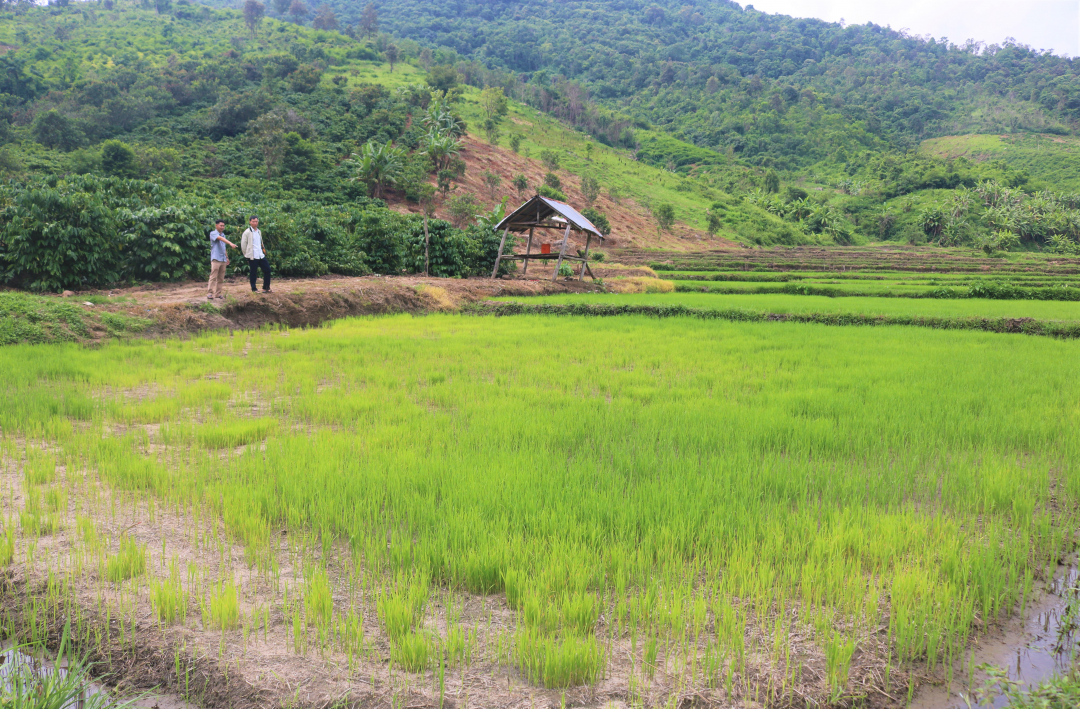 |
| Without rain for just one week, the rice fields of the people of Jie Yuk village (Dak Phoi commune, Lak district) will dry up. |
Ms. H'Nghít Liêng's family (Nam hamlet) has 6 sao of rice and 4 sao of coffee, located about 500 m from Dak Phoi stream, but has long been in a situation of lacking water for irrigation in the dry season. To have water for irrigation, her family bought a pump and pipes to pump water from Dak Phoi stream. Each time they water, her family spends about 600,000 VND on fuel. According to Ms. H'Nghít, with coffee plants, they only need to water again after 3-4 weeks, but when growing rice in the dry season, her family needs to maintain a constant amount of water in the field, so they have to pump water three times a week, and the cost of irrigation is even more than buying rice.
“Production and cultivation depend entirely on the weather, so for many years, people in the three villages of Dung, Nam and Jie Yuk have always lived in a situation of "shortage before and after". Currently, the number of poor households in the three villages is the largest in the commune, with 122 households" - Ms. H'Bing Lieng , Vice Chairman of the People's Committee of Dak Phoi commune. |
Ms. H'Nghít lamented: after each crop, her family only harvests 30-40 bags of fresh rice. The family has 8 members, so with this amount of rice harvested, they have to use it "sparingly" to last until the end of the year. At the beginning of the year, she had to find a way to buy or borrow rice, waiting until the summer-autumn rice harvest to pay it back. With 4 sao of land growing coffee, she only harvests about 1 ton of coffee beans per year. After deducting the cost of irrigation and fertilization, there is only a small amount left to cover the cost of her children's education, so she is still stuck in poverty.
Like Ms. H'Nghít's family, although having 1.2 hectares of rice land, Ms. H'My Lieng's family (Nam hamlet) still often faces a shortage of rice during the summer-autumn crop season.
According to Ms. H'My, although the rice growing area is large, it is located more than 2 km away from Dak Phoi stream and there are no conditions to buy pumps and pipes to bring water into the fields, so her family's rice growing can only depend on the weather.
Rice cultivation requires a constant water source, but there are years when there is a drought in the middle of the rainy season, and just one week without rain can cause the land to dry up, making her family’s rice yield unstable. Each summer-autumn crop, her family can only harvest about 50-60 bags of dry rice.
Therefore, to avoid food shortages, her family accepted to "take a risk" and plant an additional autumn-winter crop. If the weather rains a lot, they will have a harvest, but if not, they will lose money on seeds and fertilizers.
Ms. H'My said: "Because we cannot take the initiative in the source of irrigation water for farming, every year my family only hopes for "favorable weather" to have enough rice to eat, not daring to think about having surplus. I hope the State will soon pay attention to investing in building spillways and a system of canals to ensure irrigation, creating favorable conditions for people to have enough water for production."
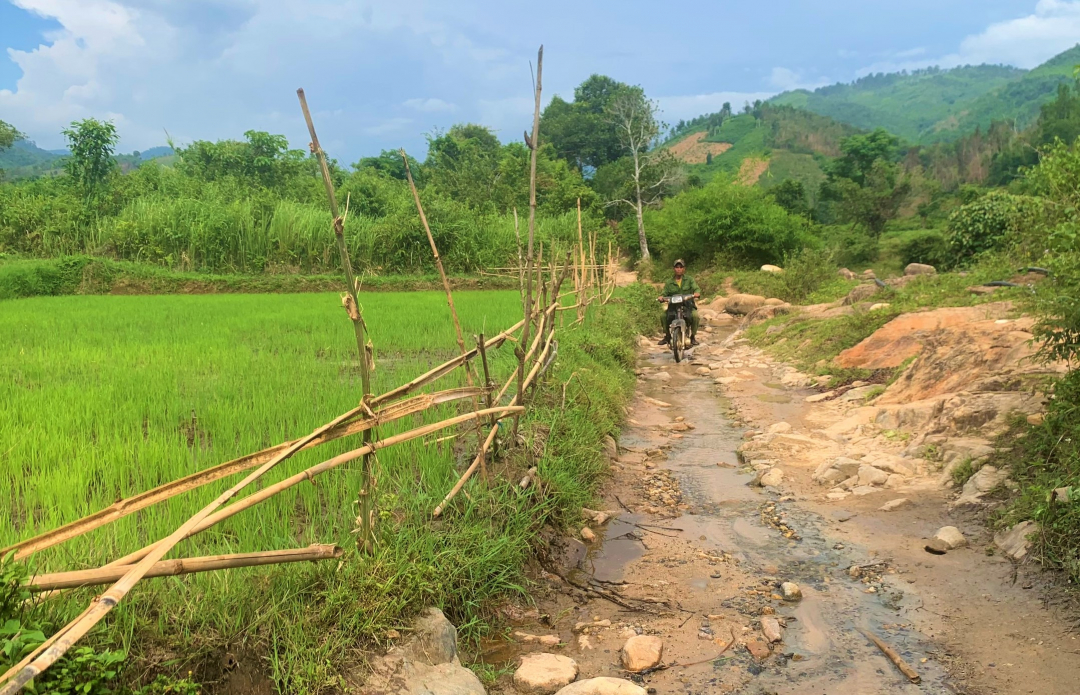 |
| In the dry season, due to the lack of a spillway at the headwaters of Dak Phoi stream, the stream branches dry up, and many rice fields located next to the stream still lack water. |
Ms. H'Bing Lieng, Vice Chairman of Dak Phoi Commune People's Committee, said that during meetings with voters and provincial leaders, district People's Committee, delegates from Dung, Nam and Jie Yuk villages have continuously proposed and recommended that the State pay attention to allocating investment funds to build upstream spillways and irrigation canal systems, creating favorable conditions for agricultural production activities, but so far there has been no policy to implement it.
The commune government hopes that the District People's Committee and relevant departments and branches will soon prioritize capital investment in the construction of the spillway at the headwaters of Dak Phoi stream and the irrigation canal system to ensure adequate irrigation water supply, serving the agricultural production of the people.
From there, it helps people grow 2-3 more rice crops per year to improve productivity, increase income, gradually escape poverty, and stabilize their lives.
Khanh Huyen - Tuyet Mai
Source




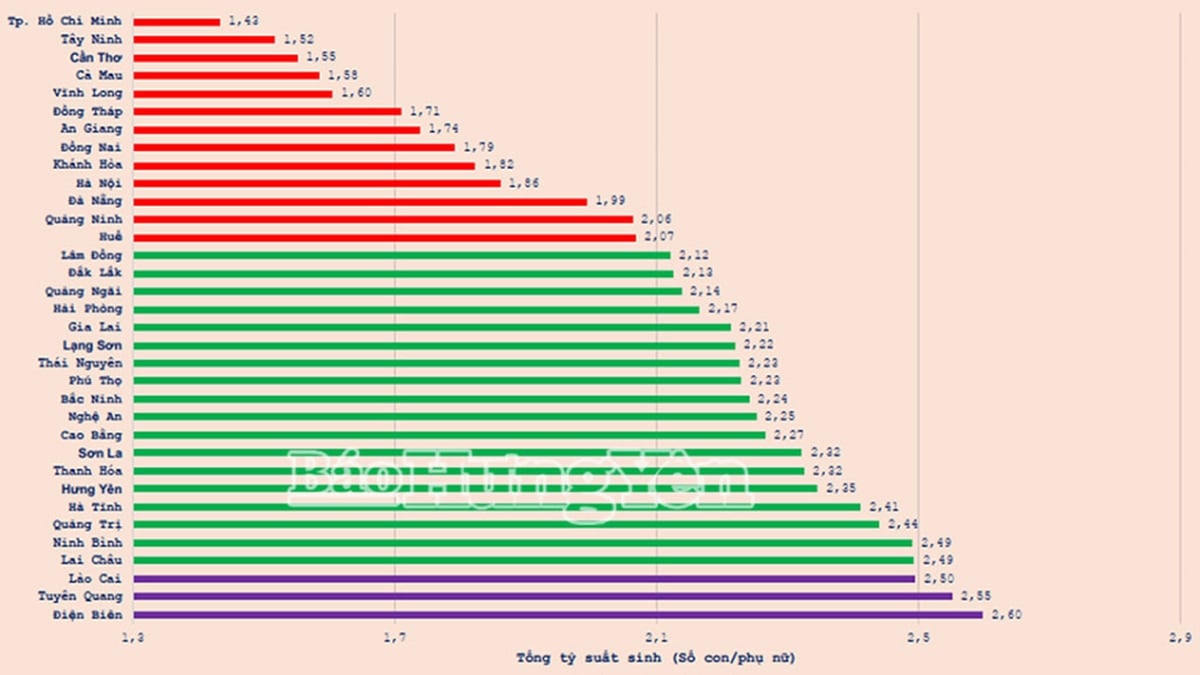

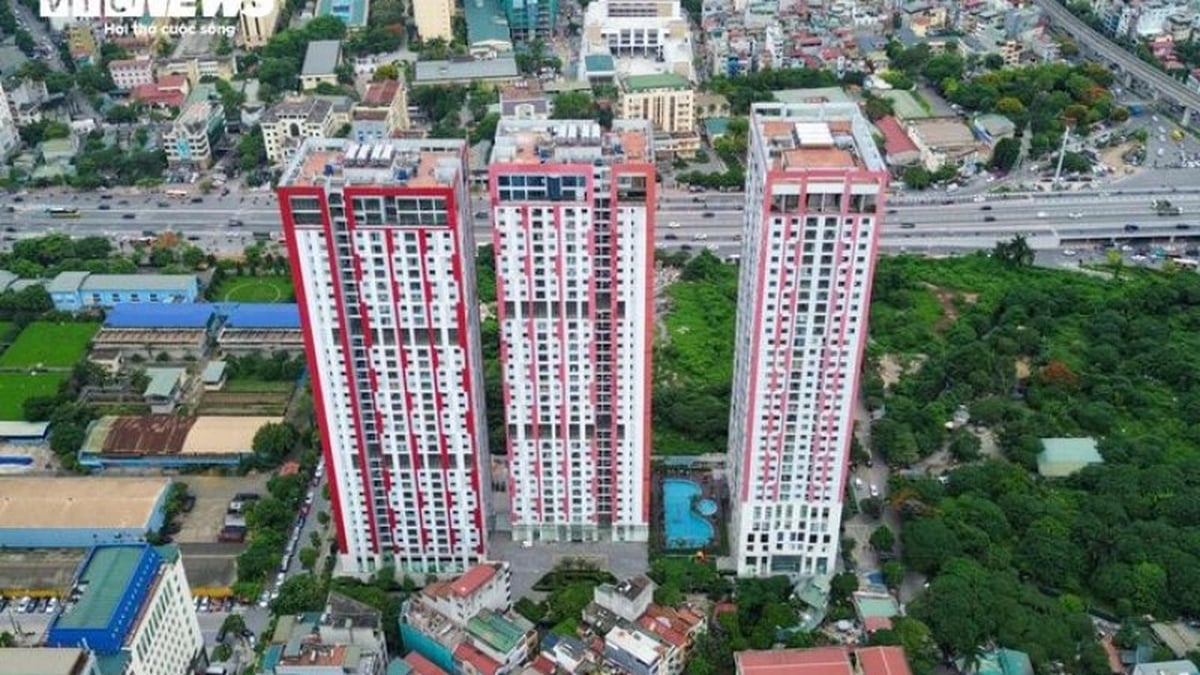
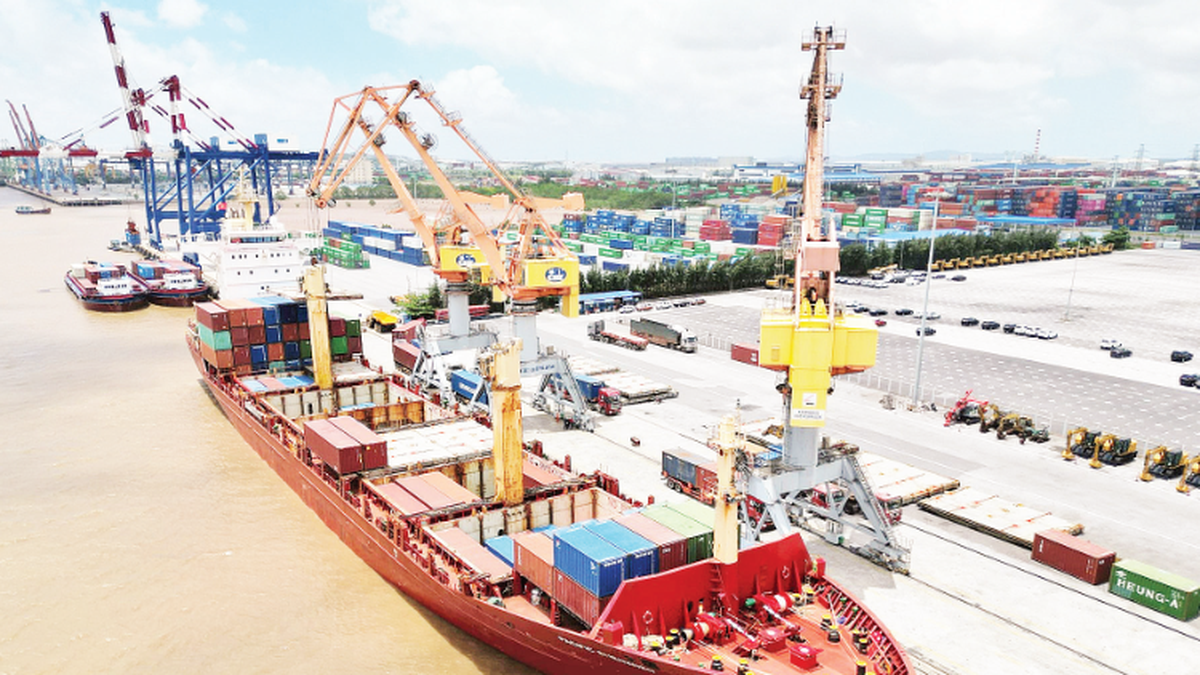
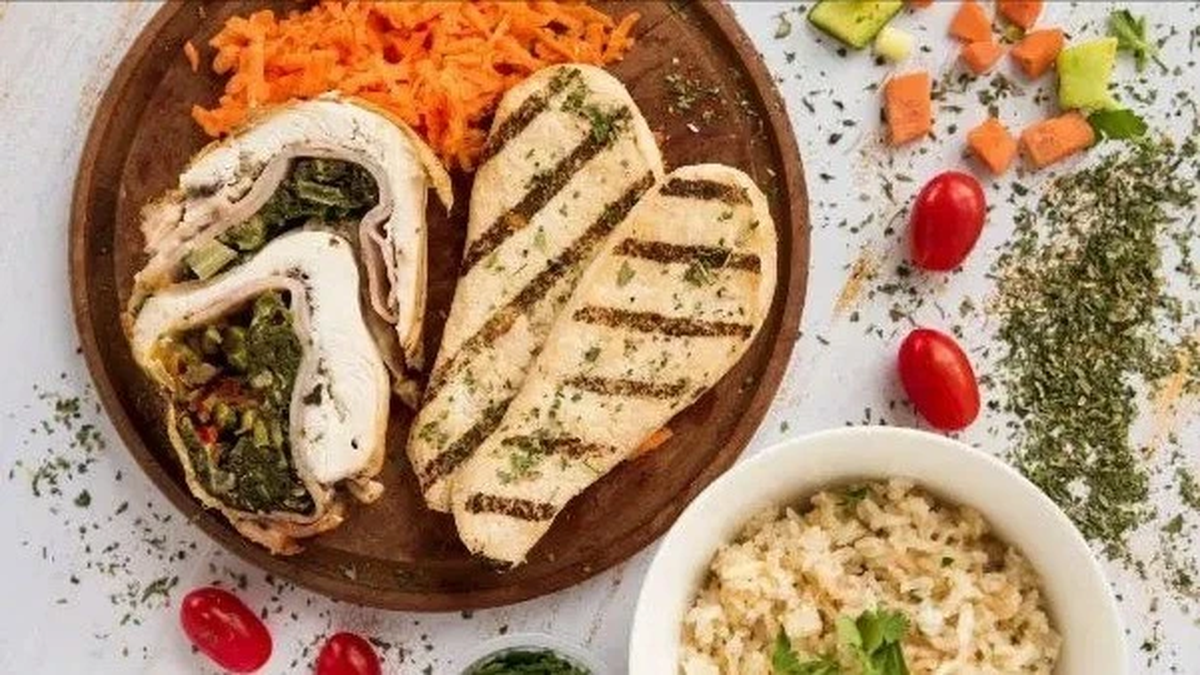
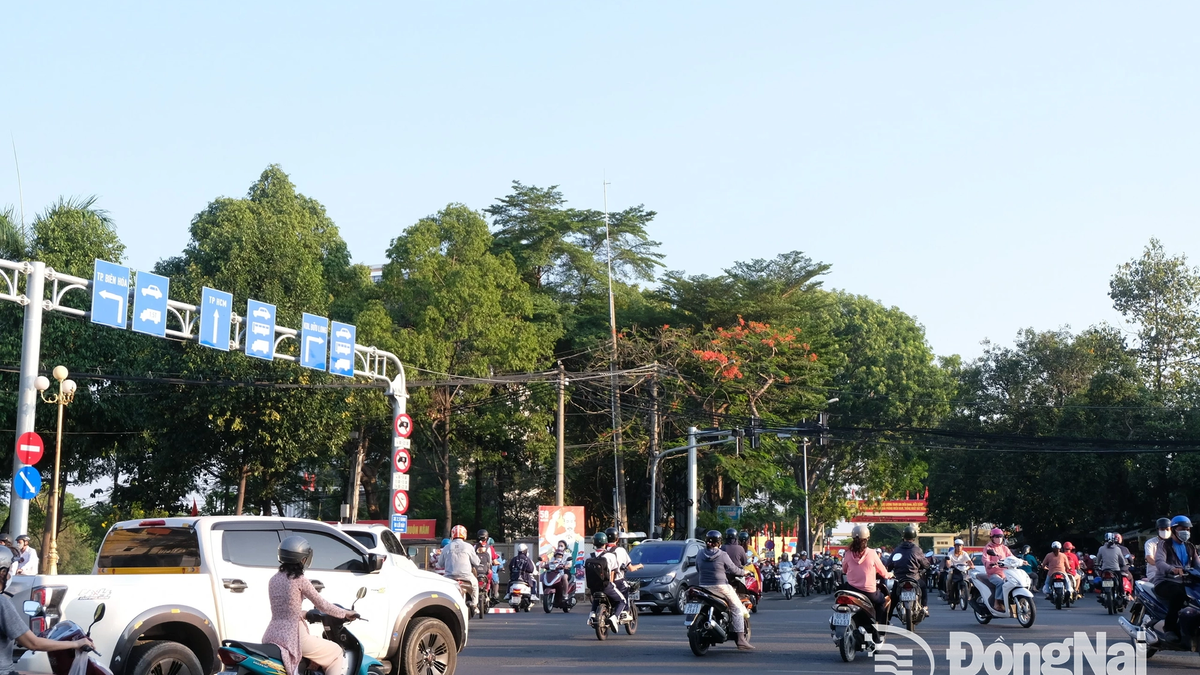
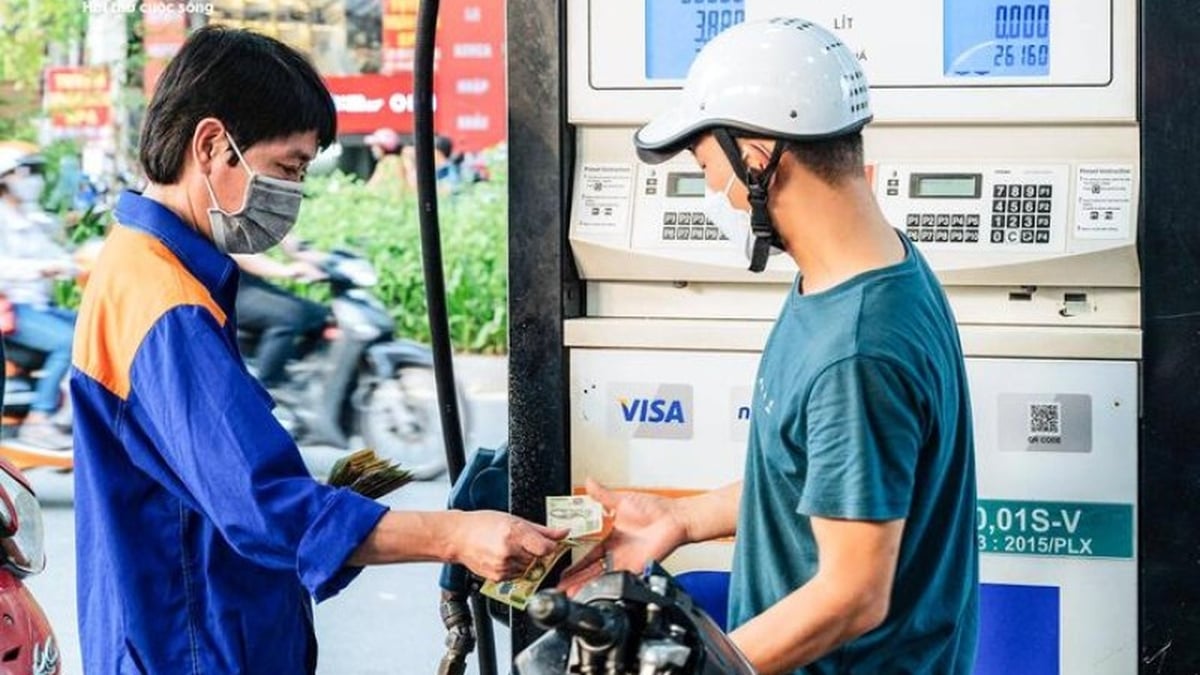
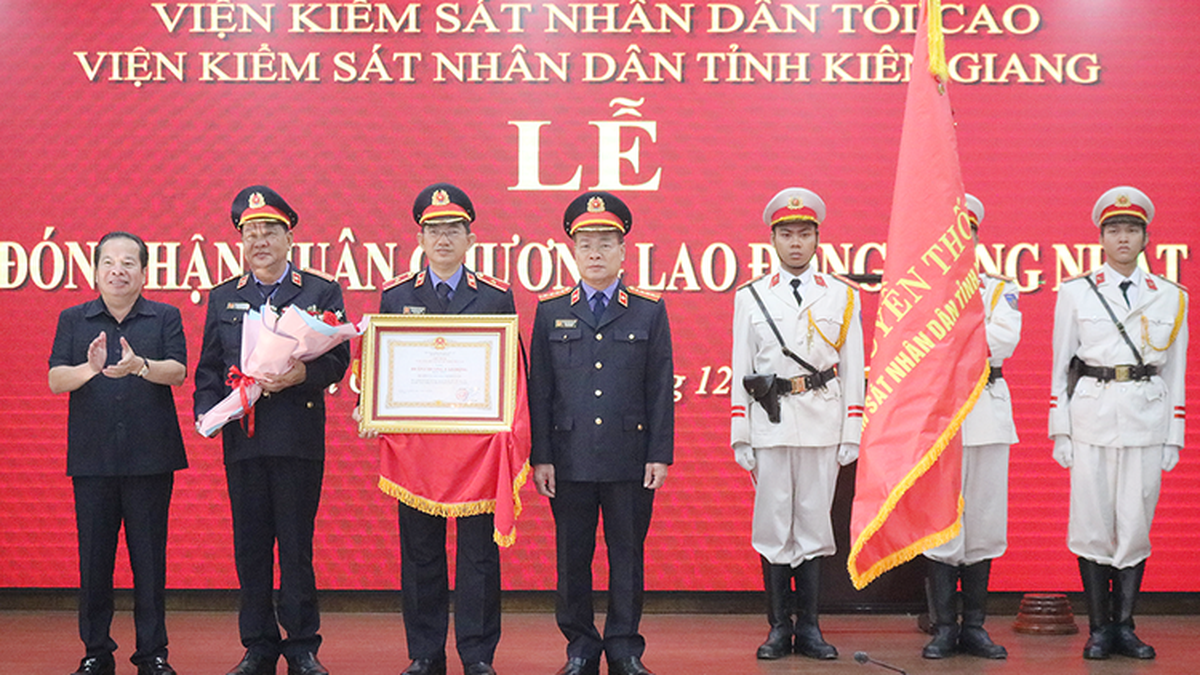















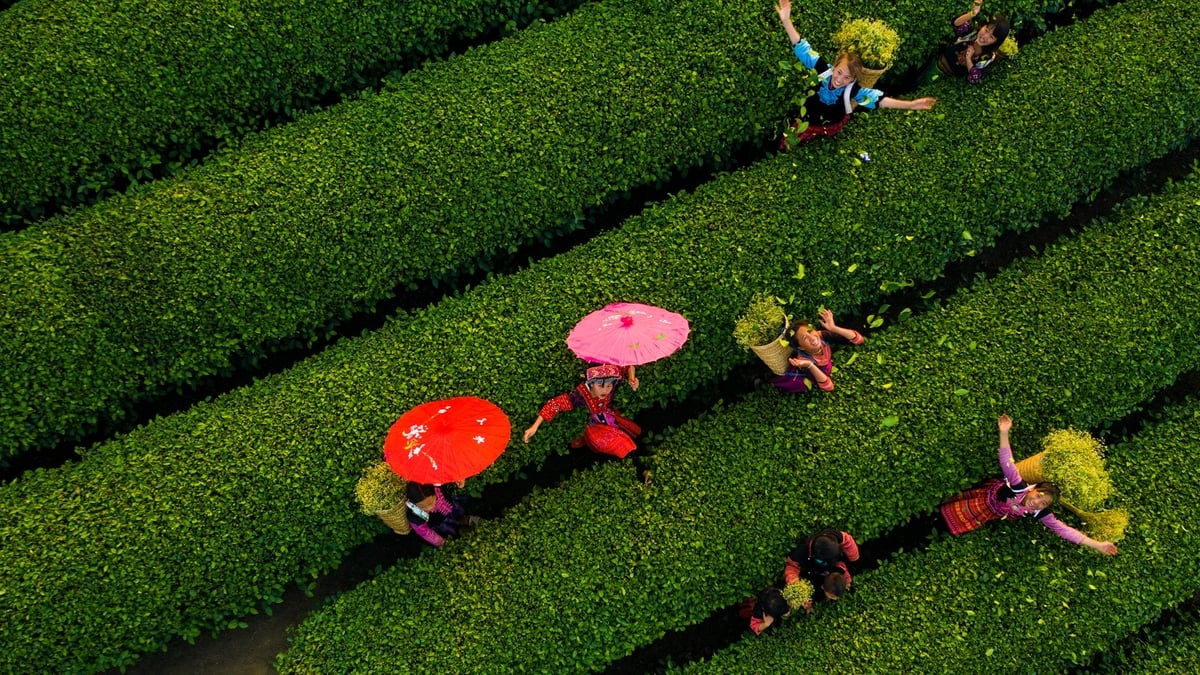




























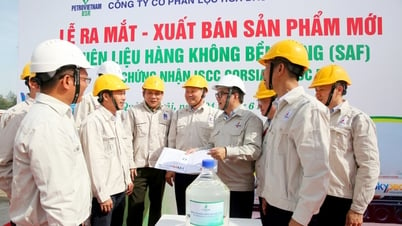




![[Maritime News] More than 80% of global container shipping capacity is in the hands of MSC and major shipping alliances](https://vphoto.vietnam.vn/thumb/402x226/vietnam/resource/IMAGE/2025/7/16/6b4d586c984b4cbf8c5680352b9eaeb0)






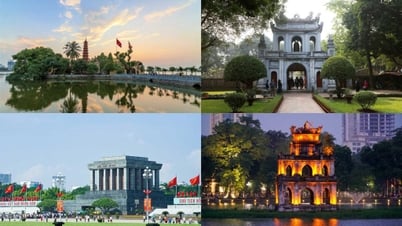

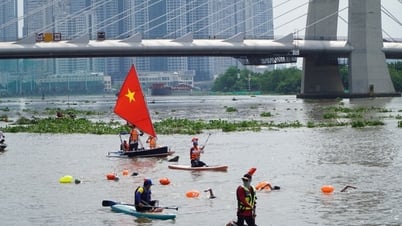

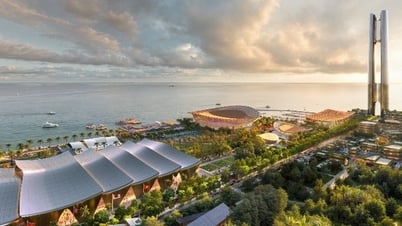
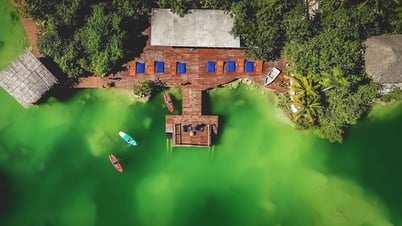
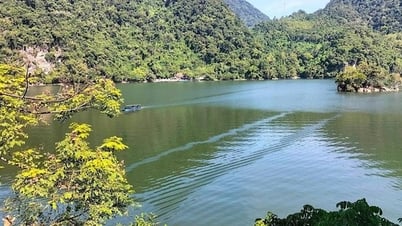

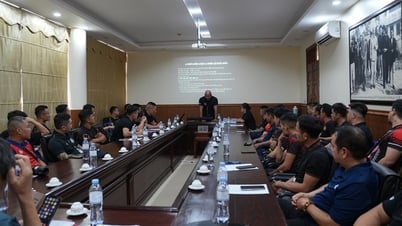























Comment (0)